Is it possible to learn Binary Decision Diagrams (BDDs) from data (as in a machine learning fashion)? If so, how?
Background: I've seen some tools in Python to do this task in e.g., Decision Trees (DTs) with scikit-learn, but I have not seen any for BDDs.
As an example, what I want to do is the following:
The first three columns correspond to the 'input' data set (xi), and the label is (y). N corresponds to the counts, you could use the latter for instance to compute the accuracy. Be aware that this is not a cut sets matrix. In the center, you see one corresponding BDD (this is the diagram I want to obtain) and on the right a corresponding DT.

